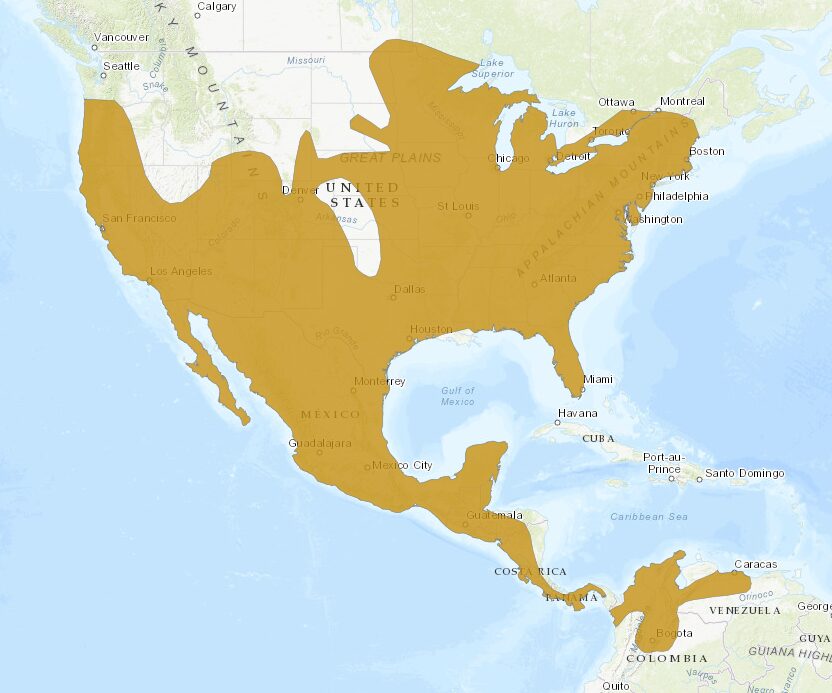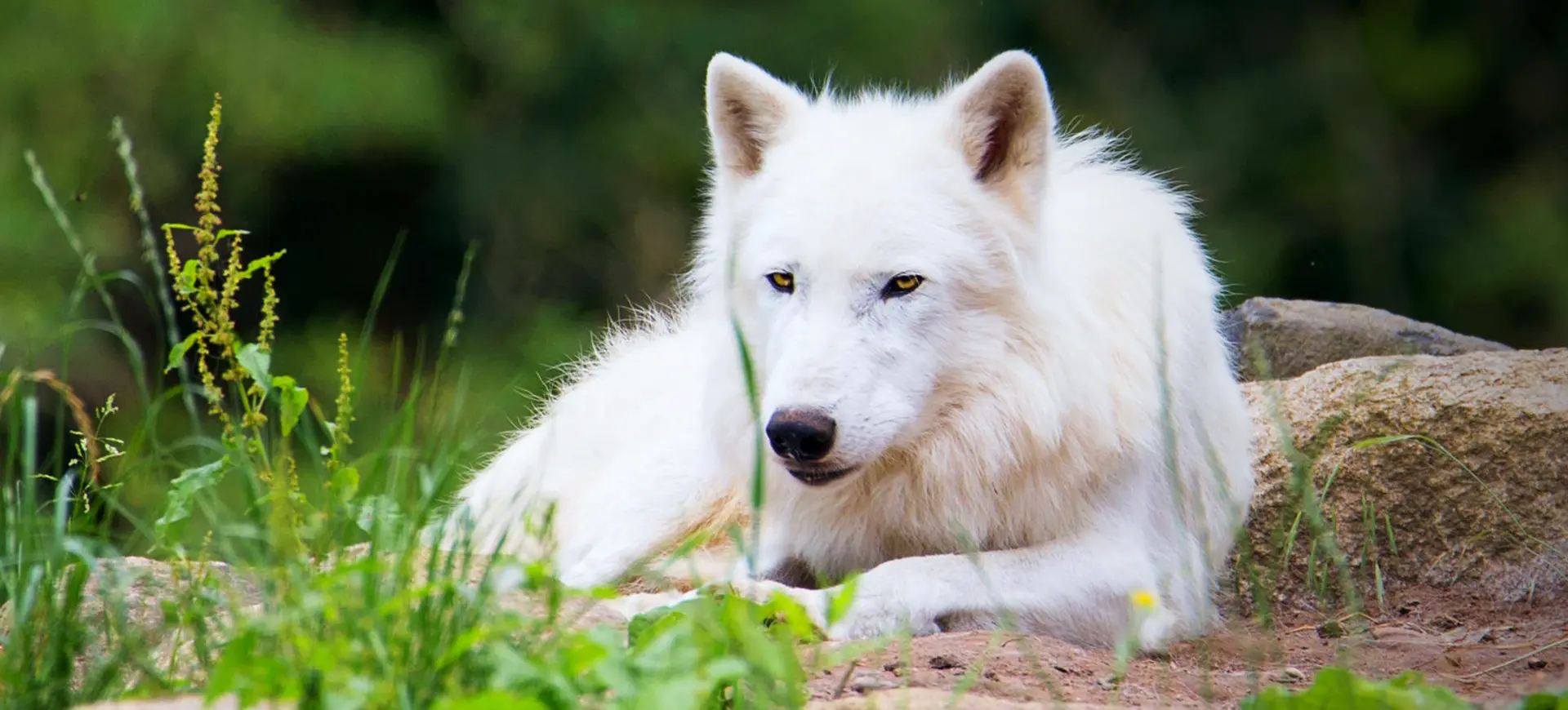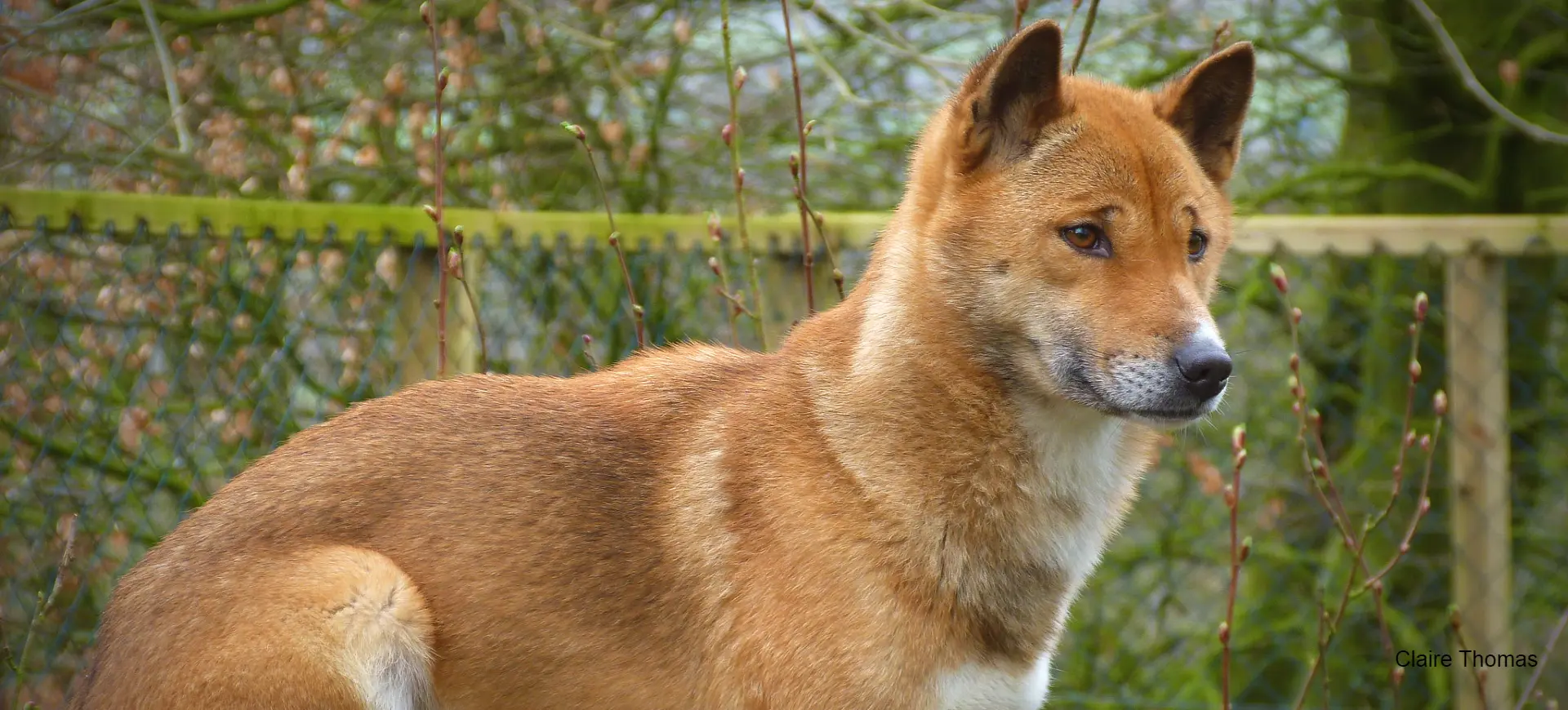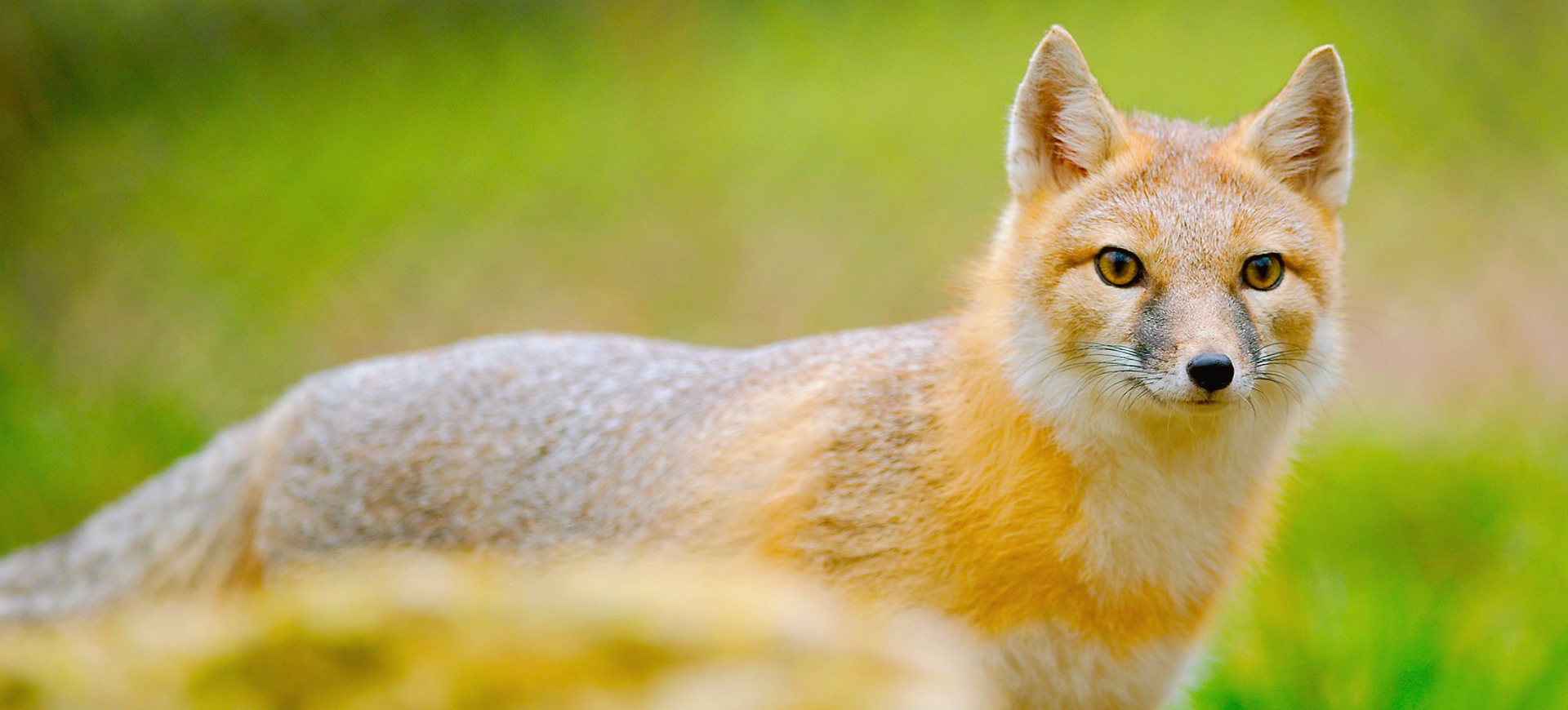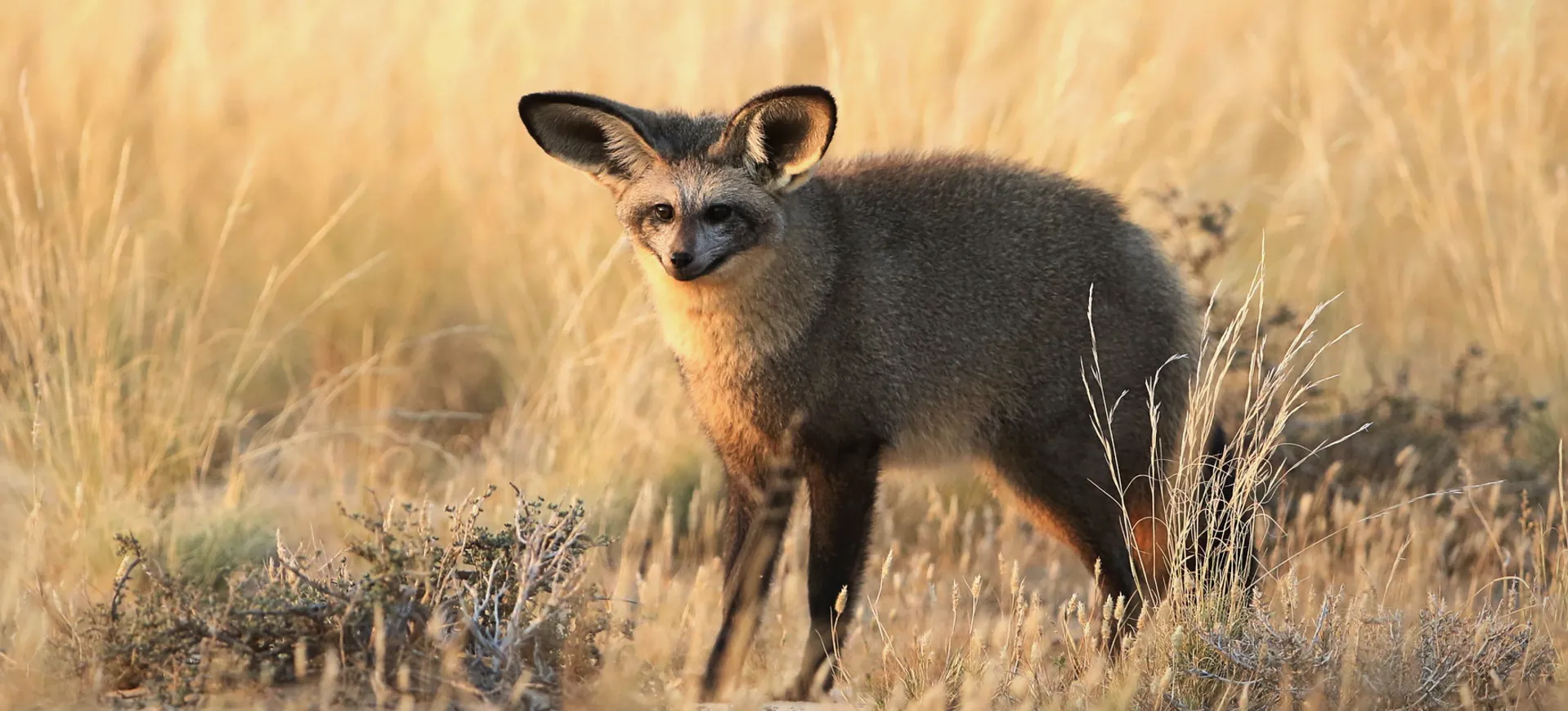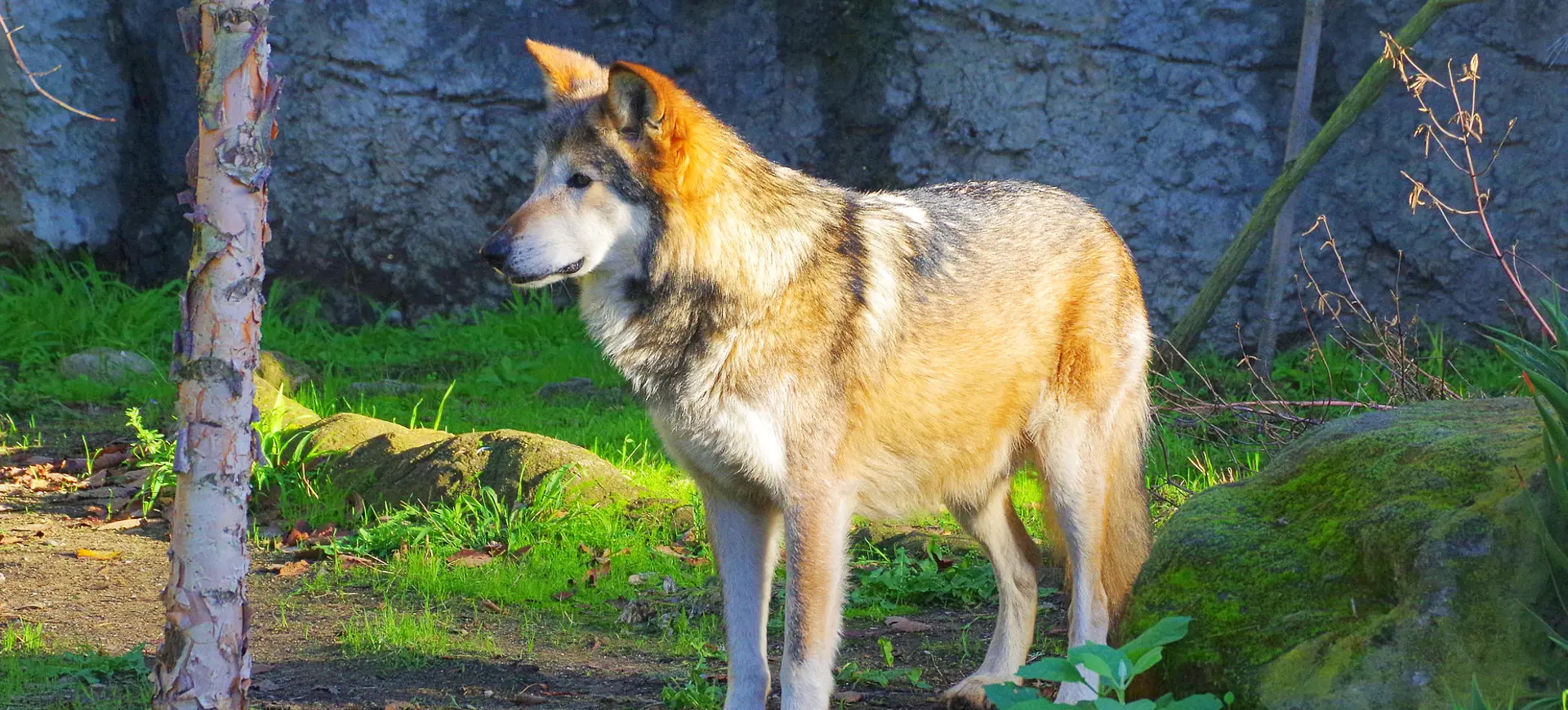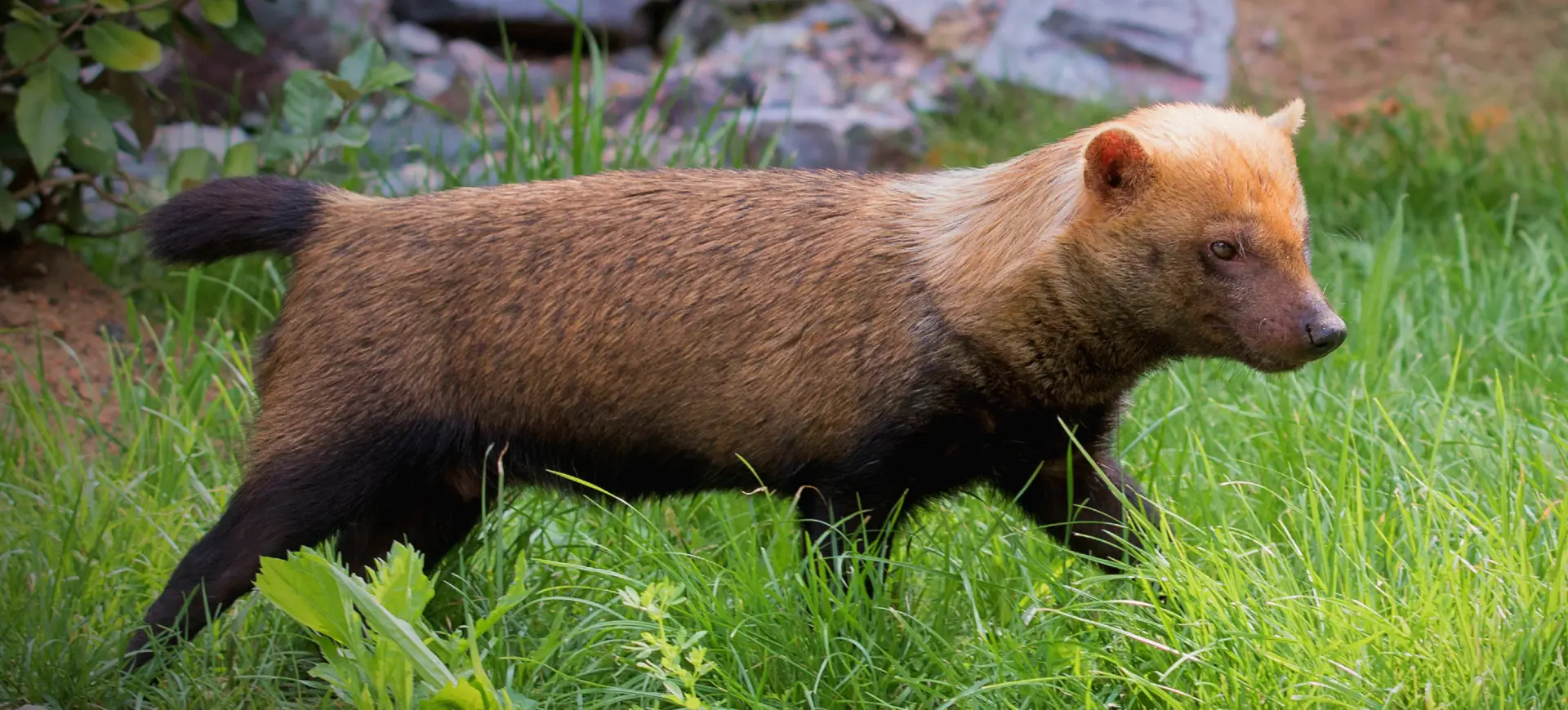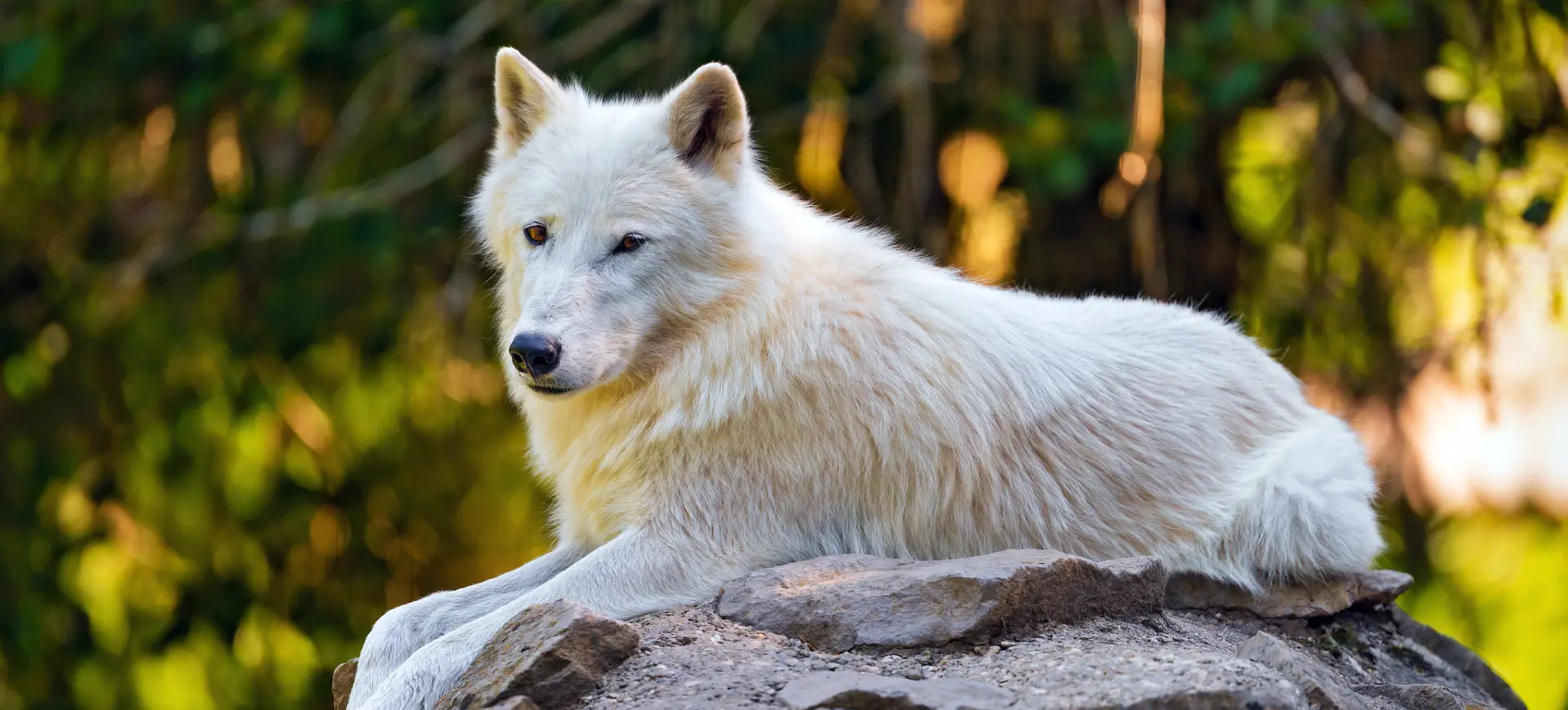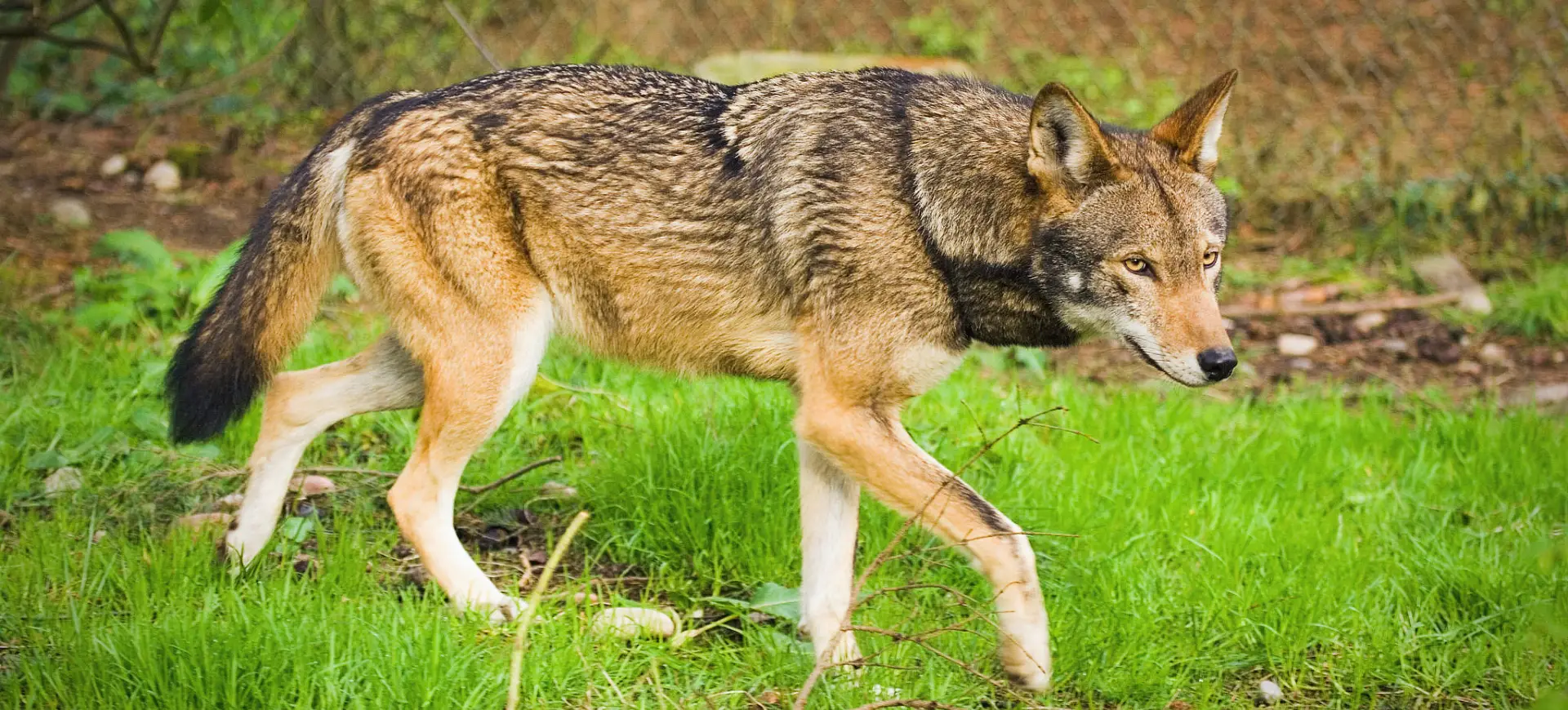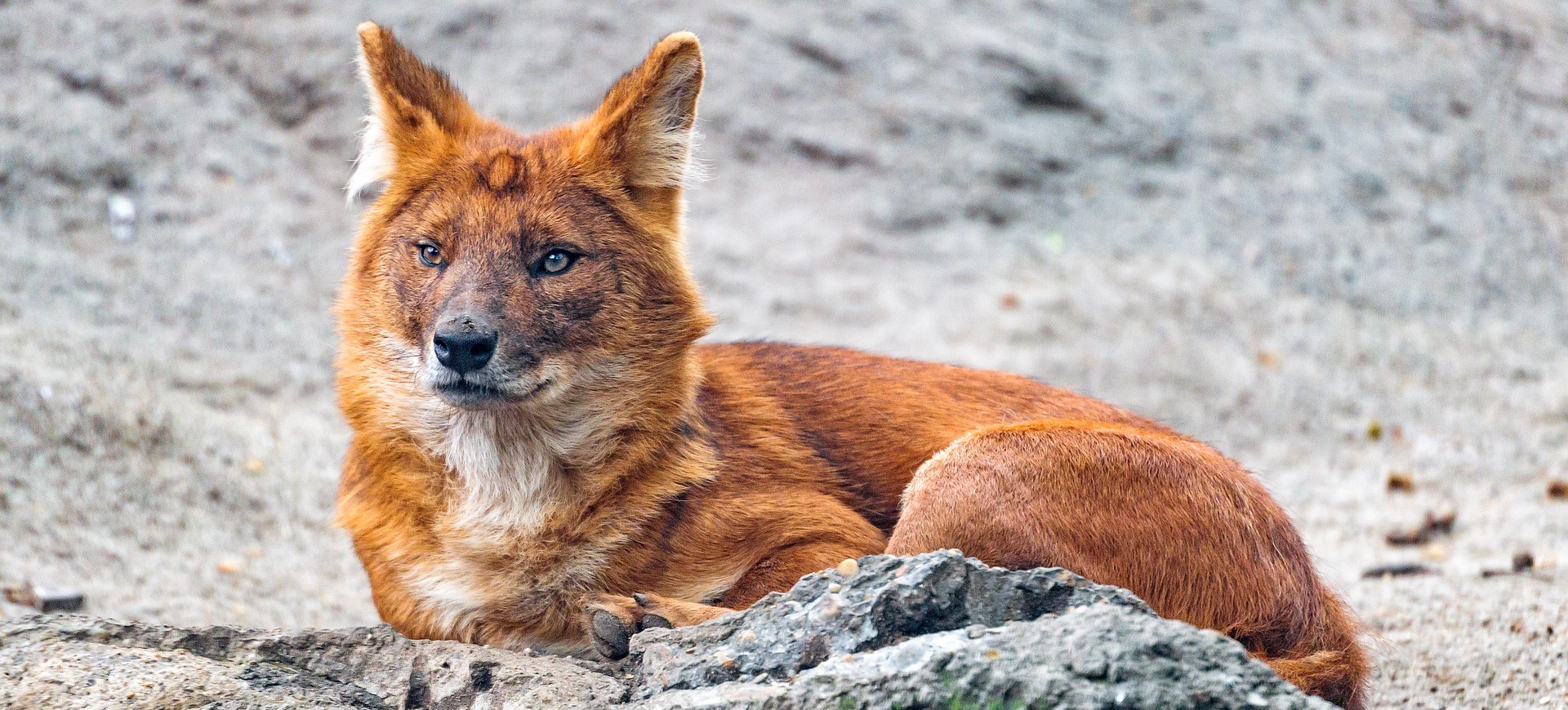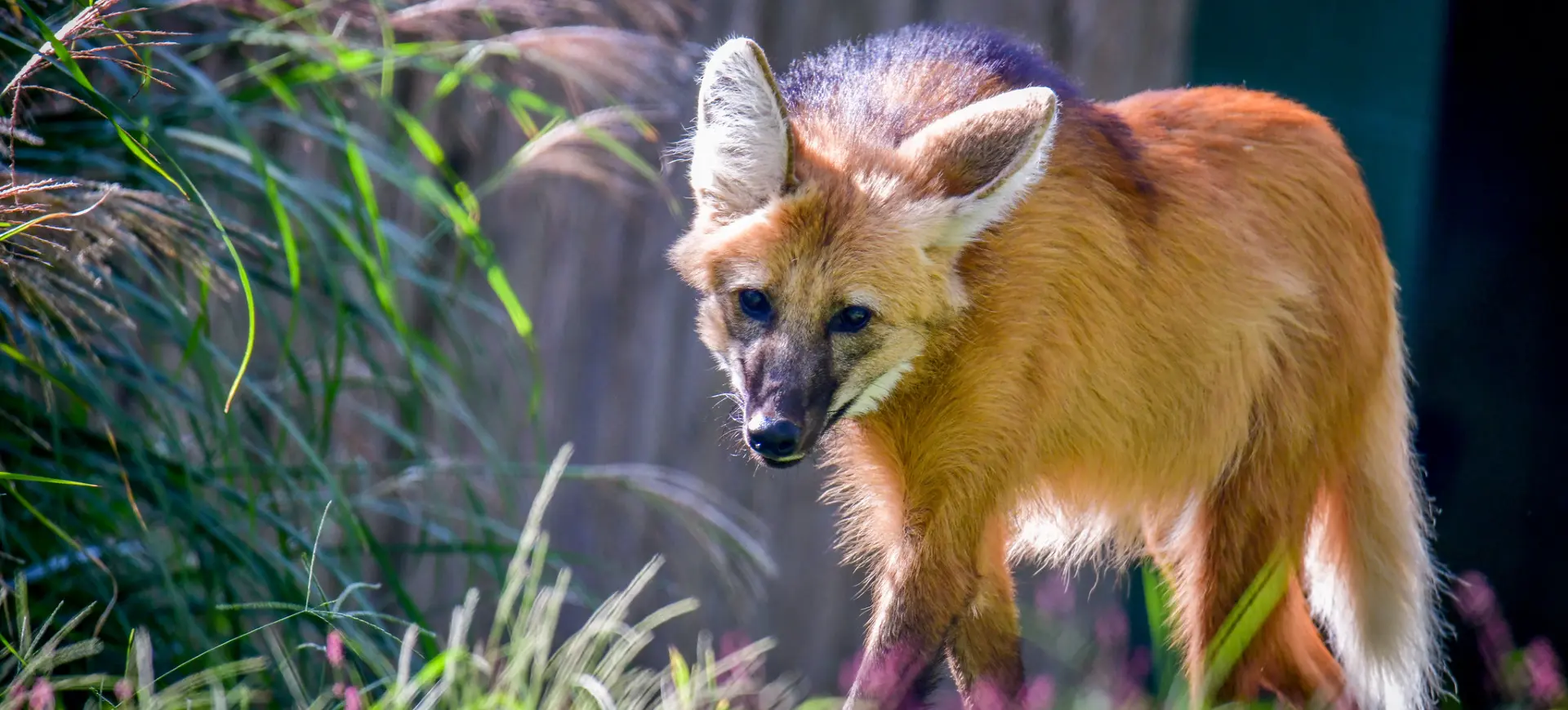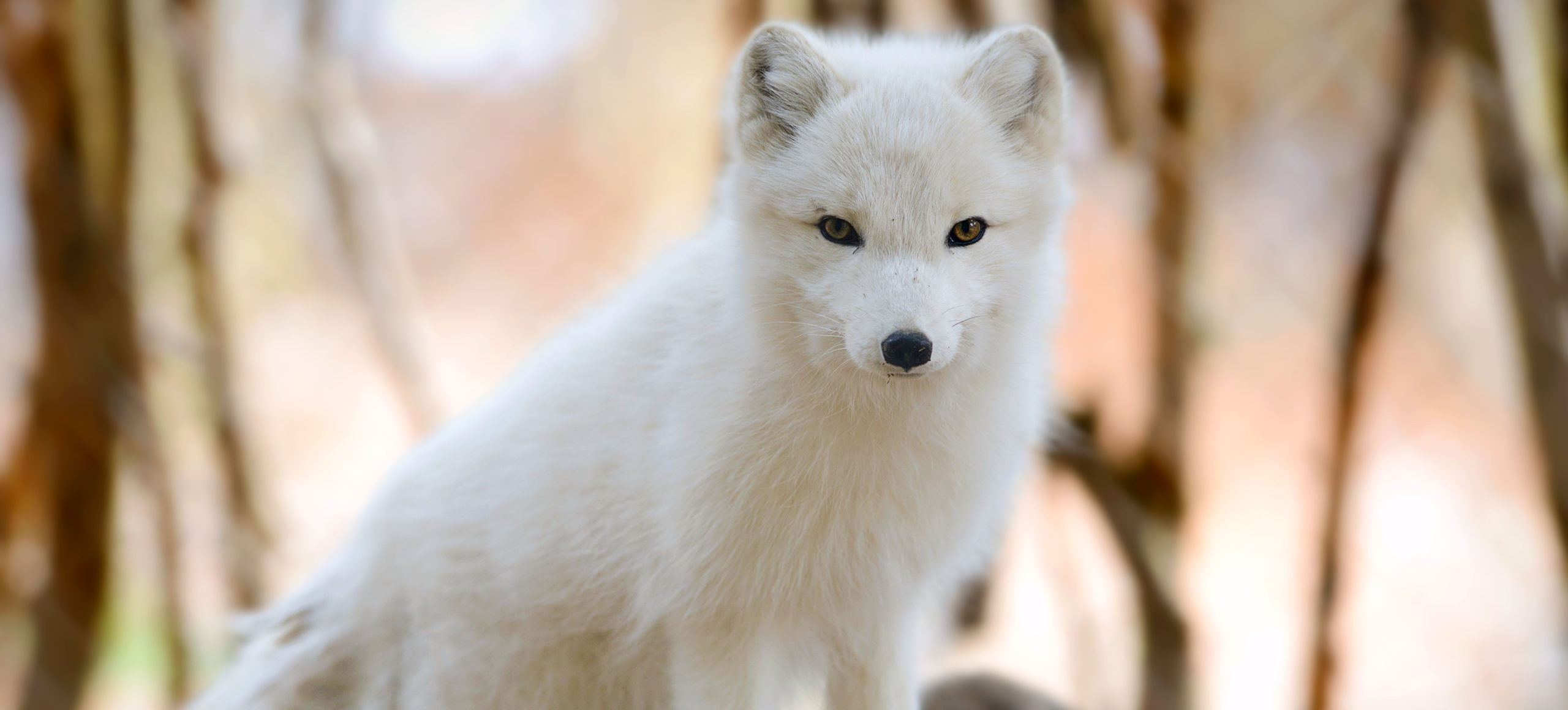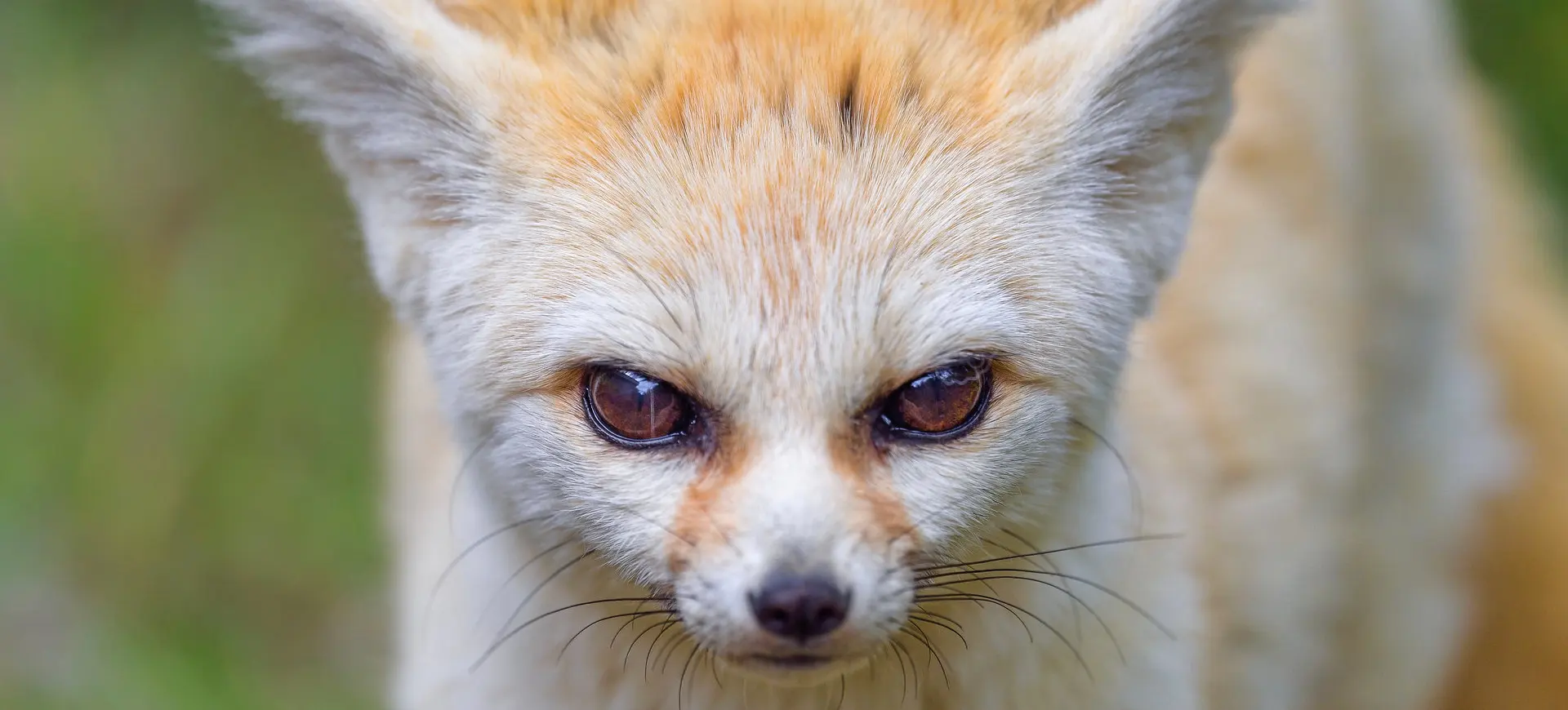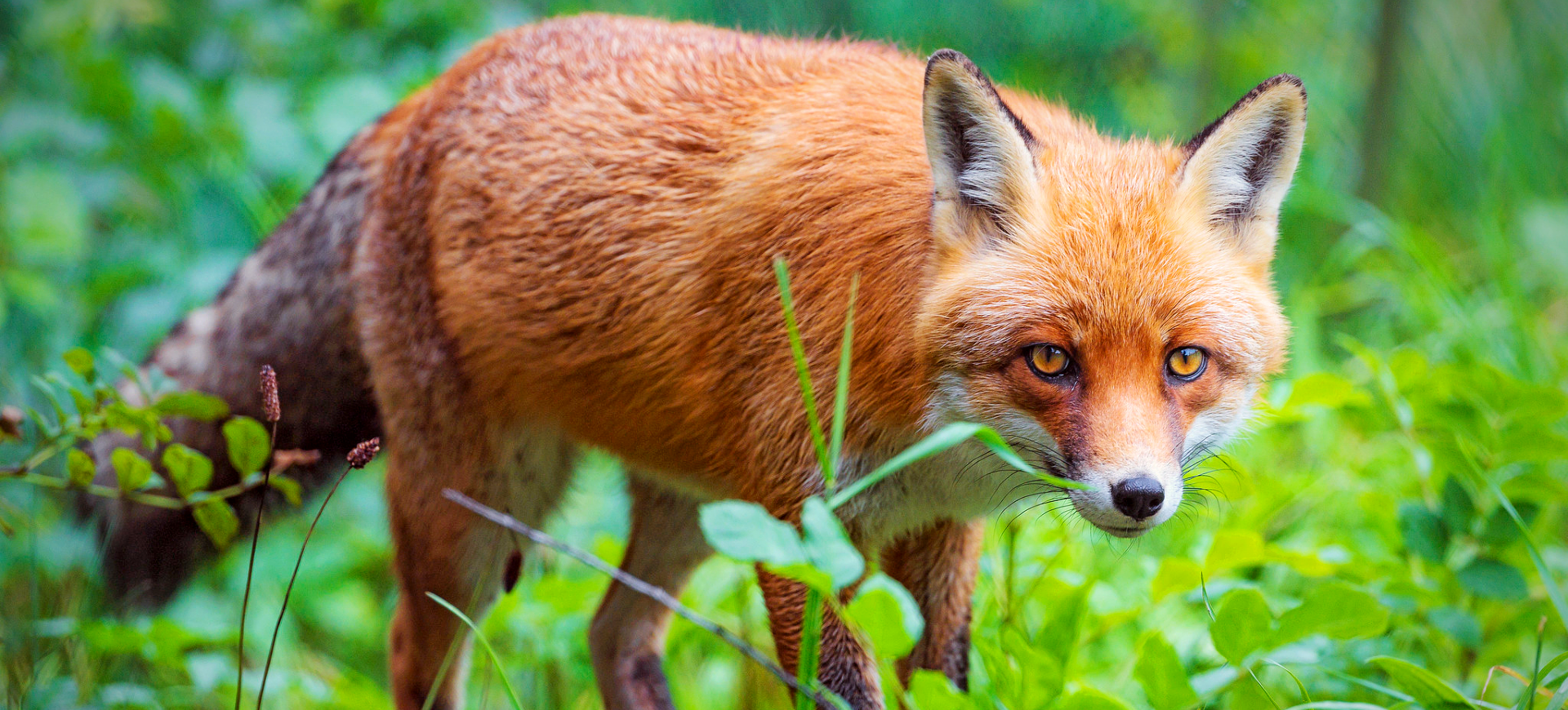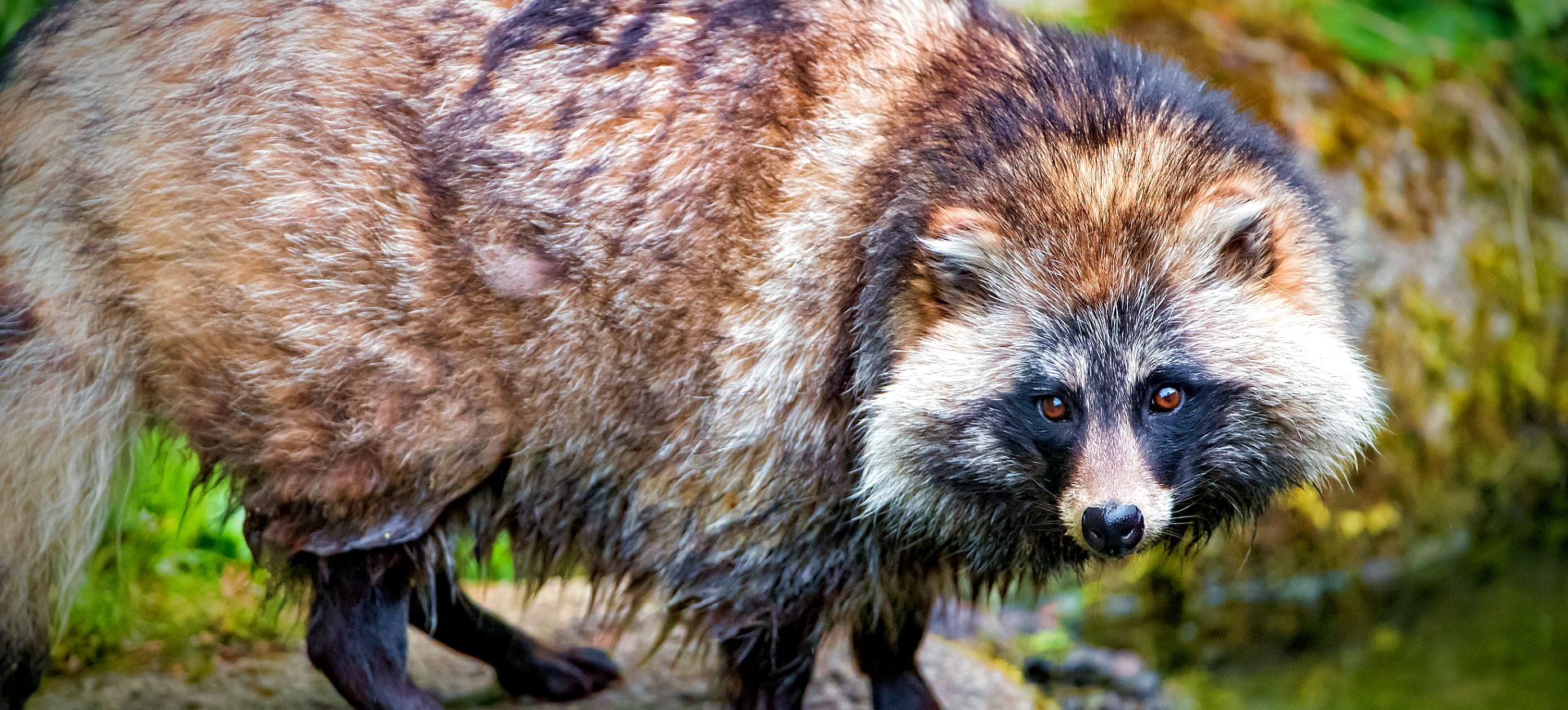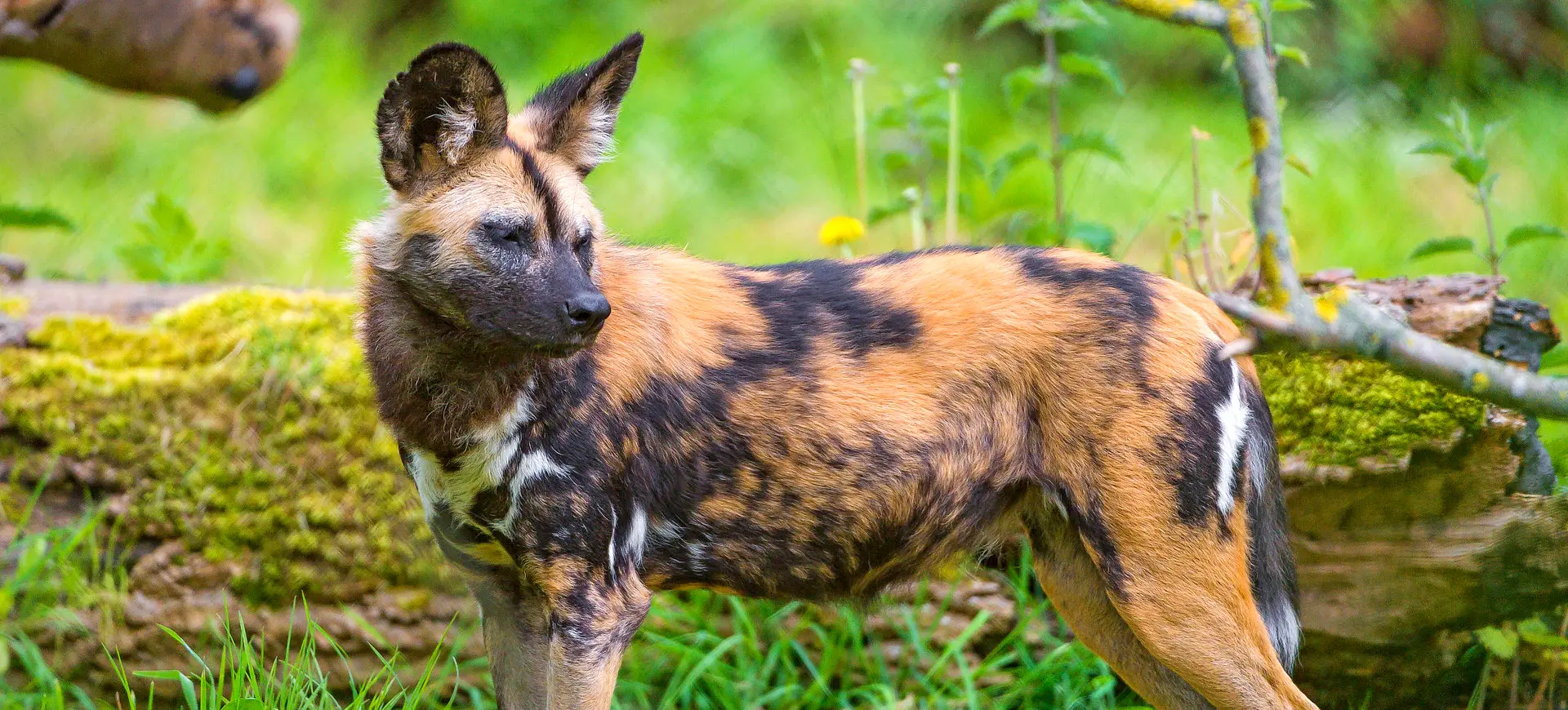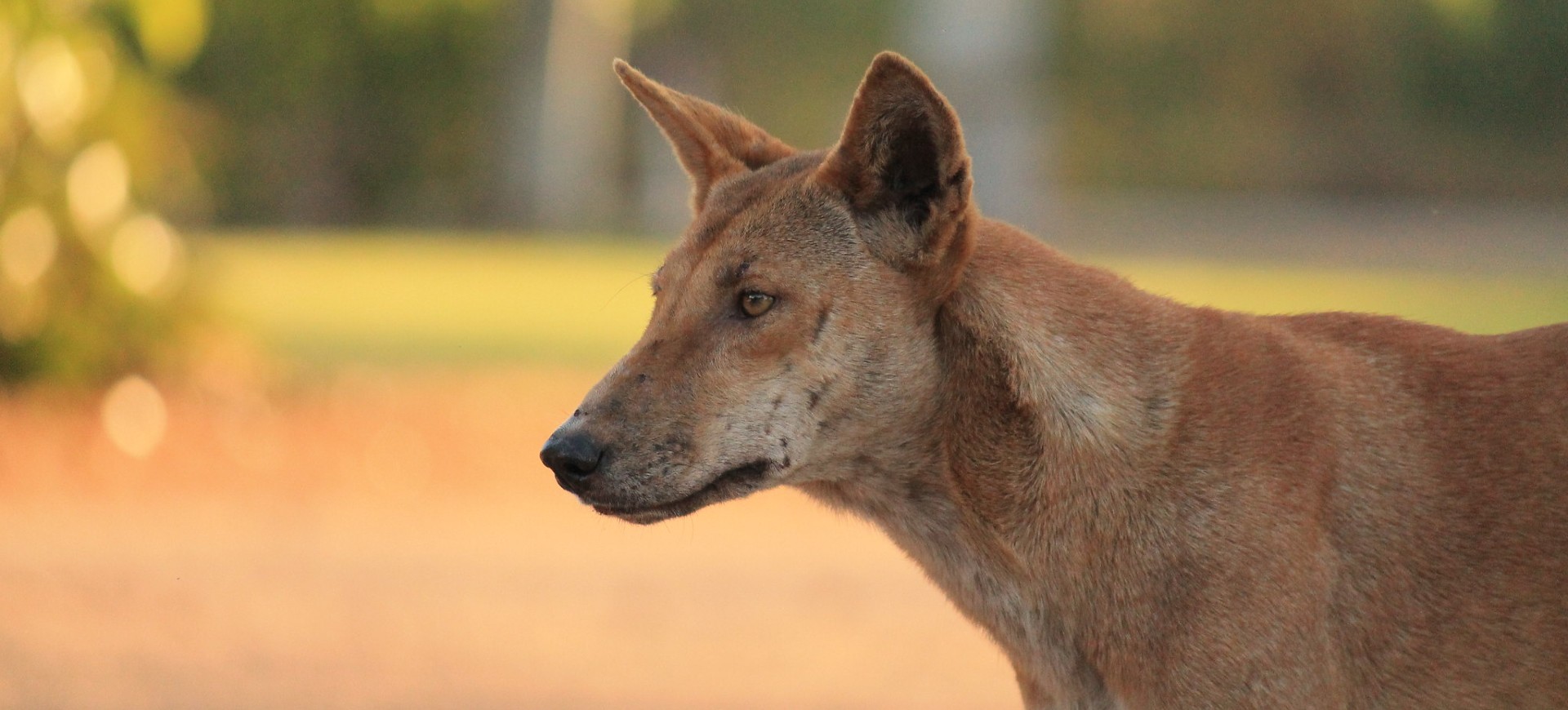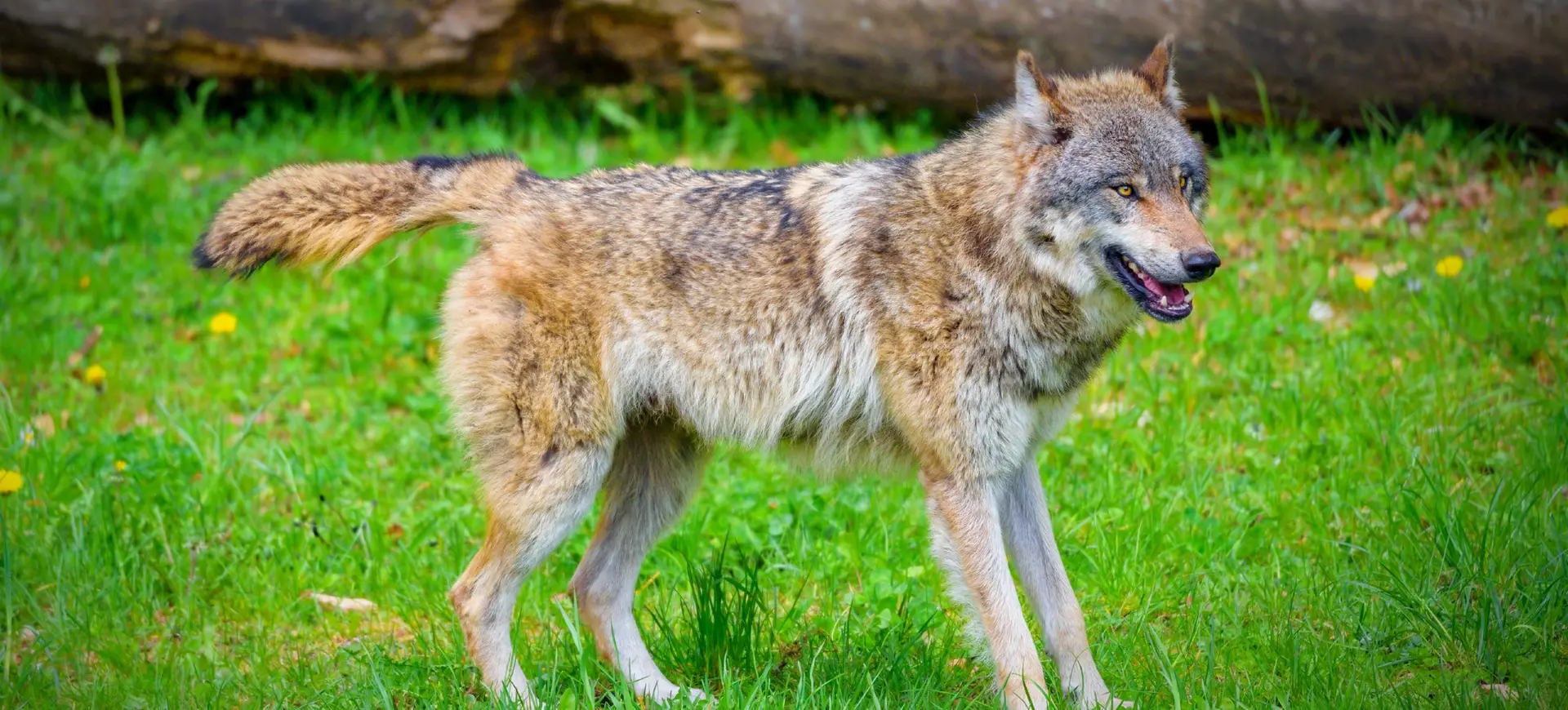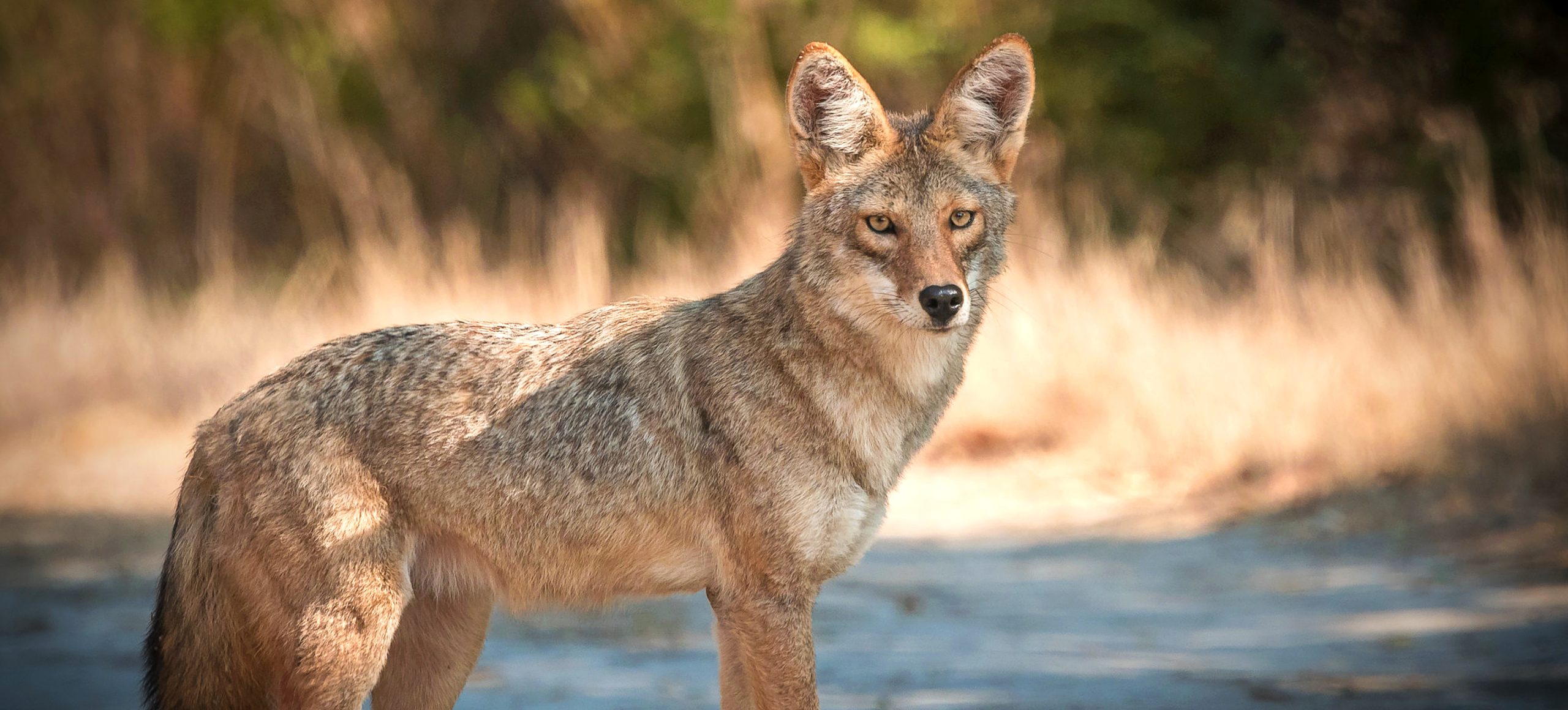Overview
Gray foxes, scientifically known as Urocyon cinereoargenteus, are small omnivorous mammals native to North and Central America. Unlike other members of the Canidae family, they are unique in their ability to climb trees, a skill that helps them escape predators and search for food. These foxes are mostly nocturnal and have a varied diet that includes mammals, birds, insects, fruits, and grains. They are distinguished by their gray coat, black-tipped tail, and orange coloring around the neck, legs, and underside.
Gray foxes are highly adaptable to habitats, including forests, grasslands, and suburban areas. This adaptability has allowed them to maintain stable populations even in areas where other wildlife species are declining. Socially, gray foxes are typically monogamous and maintain lifelong partnerships with their mates. During the breeding season, they become more territorial and vocal, using a series of barks and whines to communicate with their partner and offspring.
Conservation efforts for gray foxes have been minimal due to their widespread and stable population. They are not considered endangered or threatened, although habitat destruction and road accidents threaten local populations. The gray fox’s ability to thrive in diverse environments and its generalist diet have been key factors in its survival and success across a broad geographic range.
Taxonomy
Kingdom
Phylum
Class
Order
Family
Genus
Species
Sub Species
Type
Current distribution:
Gray foxes are predominantly found throughout North America, from southern Canada to northern Venezuela and Colombia. This extensive range demonstrates their adaptability to various climates and ecosystems. In the United States, they are widely distributed from the eastern states across the Midwest and into the western states, adapting seamlessly to each region's specific environmental conditions.
Their presence in diverse habitats, from arid deserts to lush forests, attests to their versatile survival skills. Although widely distributed, the density of their populations can vary significantly based on local environmental conditions, food availability, and human impact on their habitats. Despite growing urbanization, gray foxes continue to maintain a robust presence in many areas, which often leads to increased human-wildlife interactions.
Physical Description:
Gray foxes are relatively small compared to other canids. They have a distinctly elongated body and short legs, which facilitate their climbing ability. They possess a characteristic gray coat with a whitish underside and a bushy tail with a black stripe along the top ending in a black tip. The face features sharp, pointed ears and darker patches near the eyes, giving them a striking appearance. Adult gray foxes typically weigh between 7.9 and 15.4 pounds, blending agility with strength.
In terms of size, male gray foxes are slightly larger and more robust than females, though the size difference is not dramatically pronounced. They generally measure 31 to 44 inches in length, which includes their tail, and stand about 12 to 15 inches tall at the shoulder. Despite their small stature, gray foxes are adept at navigating their environment, using their long tails for balance as they move through trees and dense undergrowth. This physical adaptation not only aids in escaping predators but also in hunting prey from unique vantage points.

Lifespan: Wild: ~6 Years || Captivity: ~12 Years

Weight: Male: 8-15 lbs (3.6-6.8 kg) || Female: 7-11 lbs (3.2-5 kg)

Length: Male: 32-45 in (81.2-114.3 cm) || Female: 30-42 in (76.2-106.7 cm)

Height: Male: 14-16 in (35.5-40.6 cm) || Female: 13-15 in (33-38 cm)

Top Speed: 28 mph (45 km/h)
Characteristic:
Native Habitat:
Gray foxes have a broad range of habitats thanks to their adaptability. They are commonly found in mixed agricultural and woodland environments, brushy areas, and the suburban edges of cities. Their preference for wooded areas is particularly notable because of their ability to climb trees, which offers them refuge from predators and an elevated platform for hunting.
Their home ranges are usually a few square miles, where they remain for life unless displaced by urban development or severe environmental changes. These territories are marked by scent marking and regularly patrolled by resident foxes. The complex structure of their habitats provides necessary cover and ample hunting opportunities, supporting their solitary and territorial nature.
Climate Zones:
Biomes:
Biogeographical Realms:
Continents:
Countries:
Diet:
Diet & Feeding Habits:
Gray foxes are opportunistic feeders with a highly varied diet that reflects their adaptability to different environments. Depending on seasonal availability, they primarily consume small mammals like rabbits and rodents, but their diet can also include insects, birds, fruits, and vegetables; this dietary flexibility helps them survive in various habitats, from dense forests to urban fringes.
In addition to hunting live prey, gray foxes are known to scavenge. They utilize their keen sense of smell to locate food, which can often lead them into human-populated areas, especially when natural food sources are scarce. Their ability to climb trees also allows them to access bird nests and fruit, adding to their dietary diversity. The gray fox’s foraging habits are largely nocturnal, which helps reduce competition with diurnal predators.
Mating Behavior:
Mating Description:
Gray foxes are monogamous, often forming pairs that stay together for multiple breeding seasons. This monogamous behavior facilitates a cooperative approach to raising their young, with both parents involved in caring for and protecting offspring. Mating typically occurs once a year, with the season peaking in early spring when food resources become more abundant.
The gestation period for gray foxes lasts approximately 53 days, culminating in the birth of a litter ranging from one to seven pups. The young are born blind and helpless, requiring significant parental care during the initial stages of their life. This includes feeding, grooming, and teaching them necessary survival skills. The young are usually independent by fall, although they may stay with their family group through their first winter.
Reproduction Season:
Birth Type:
Pregnancy Duration:
Female Name:
Male Name:
Baby Name:
Social Structure Description:
Gray foxes are solitary animals, except during the mating season or when mothers raise their young. They establish and maintain territories they defend from other foxes, using scent marking and vocalizations to communicate boundaries. These territories provide necessary resources such as food and shelter, critical for survival and reproductive success.
Social interactions are primarily between mating pairs and between mothers and their offspring. Outside of these bonds, gray foxes avoid direct interactions with other adults, highlighting their solitary nature. This social structure allows them to exploit their environment without complex social strategies, differing significantly from more social canid species.
Groups:
Conservation Status:
Population Trend:
The gray fox population is considered stable across much of its range, with no immediate threats that could lead to a rapid decline. This stability is attributed to their adaptability to various environments and their generalist diet, allowing them to exploit various food sources. Gray foxes are common in many regions, although specific population densities can vary greatly depending on local conditions.
Despite their overall stability, gray foxes face habitat loss and fragmentation challenges due to urban expansion. In some areas, road mortality and hunting can also impact local populations. However, their ability to live near human development can sometimes benefit them, providing new sources of food and shelter in suburban settings.
Population Threats:
Habitat loss and fragmentation are significant threats to gray fox populations, particularly in areas undergoing rapid urbanization. Road mortality is another considerable risk, as these animals frequently cross roads during their nocturnal activities. Additionally, while not heavily targeted by hunters, they are occasionally hunted or trapped for their fur or because they are perceived as pests.
Predation is a natural threat, particularly for young kits or individuals in regions with high densities of larger predators such as coyotes. Diseases and parasites also pose risks, often exacerbated by proximity to domestic animals and other wildlife. Climate change could further impact their habitats and food availability, adding another challenge for gray fox populations.
Conservation Efforts:
Conservation efforts targeting gray foxes are limited, largely because they are not currently considered at risk. However, general wildlife conservation measures that protect habitats benefit gray fox populations by maintaining the ecosystems they rely on for survival. Educational programs and wildlife management strategies that mitigate human-wildlife conflict can also help sustain their numbers.
Efforts to reduce road mortality, such as wildlife corridors and traffic calming measures, benefit gray foxes and other wildlife species. Also, maintaining and restoring forested areas and other key habitats helps ensure gray fox populations’ continued health and stability. Community involvement in conservation and habitat protection is essential to mitigate the impacts of urbanization and habitat loss.
Additional Resources:
Fun Facts
- Gray foxes are one of the only canid species that can climb trees.
- They have retractable claws, a trait rare among dogs.
- Gray foxes can rotate their forearms, which aids in climbing.
- They are primarily nocturnal but can be spotted during the day, especially in areas with little human disturbance.
- Gray foxes use various vocalizations, including barks, growls, and howls.
- They often form monogamous pairs that last for multiple seasons.
- In folklore, gray foxes are often portrayed as cunning and wise.
- Their diet can vary significantly based on locally available availability, showing their adaptability.
- Gray foxes have a diverse range of habitats, from deserts to forests.
- They are sometimes mistaken for red foxes, though the two species have different color patterns and behavioral traits.


